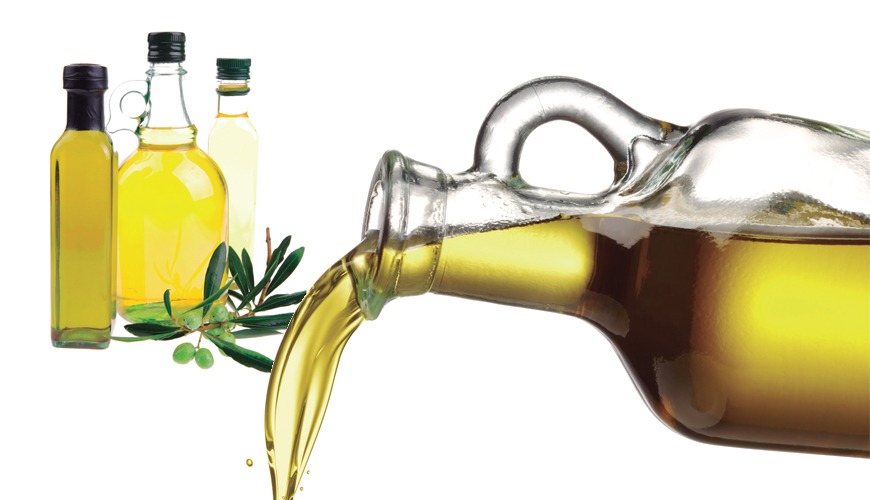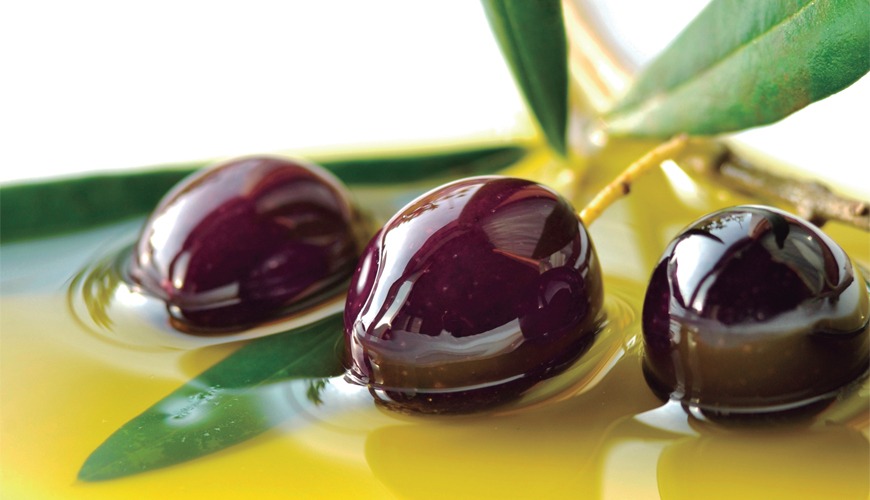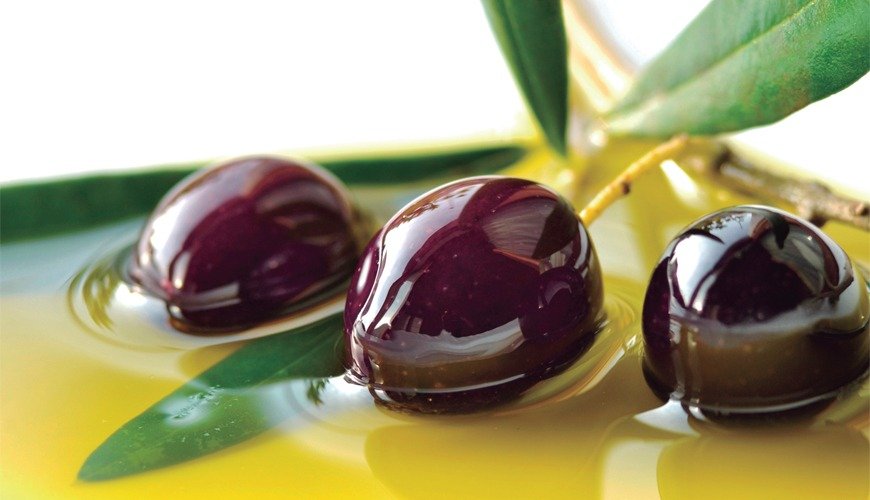From the southern olive groves of Andalusia to the northern region of Catalonia, Spain is the number one producer of olive oil. Spain offers the largest variety of unique oils that are as distinctive and diverse as nature itself. They will heighten the flavour of your meals and reveal the creativity in you.

Today when you arrive at a supermarket or gourmet food store, you are likely to find a fairly good selection of good quality olive oils. Unfortunately, many of the oils on the shelves are “boutique” oils in attractive and small bottles. They probably have artistic, designer labels – both from the US and from Spain and Italy. So, how do you choose a good Spanish olive oil? Well, reading the label is important, as well as knowing what is important and what is not, since many pieces of information on the label is marketing hype.
Before we review label information, let’s review what happens before the oil is bottled.

How is Olive Oil Made?
First, the olives are harvested from the trees. There may be several different harvests throughout the period. The time of the harvest definitely affects the flavor. The earlier the harvest, the greener, stronger and more bitter the flavor of the oil will be. The later the harvest, the more mild and buttery the oil will be. Processing affects the flavor as well.
Once the olives arrive at the mill, they are crushed with their pits. This makes a thick paste called mash. This mash is then either pressed or centrifuged to separate the oil. If pressed, the oil is allowed to stand until the oil floats to the top, thus separating it from any impurities. If centrifuged, it is centrifuged for a second time to eliminate the impurities. Once free of impurities, the oil is aged from 3 to 6 months. The natural bitterness is reduced by this “aging” process.
How Harvest Time Affects the Oil
Green olives that are mature and harvested in the early fall makes oil that is green and has a sharp flavor. Some use adjectives like “grassy,” “peppery” or “woody.” Fruit that is harvested from early winter to early spring is riper and has a purplish or blackish color. The oil produced from this later harvest is generally golden in color, with a fruitier and smoother taste.
How do you Read Olive Oil Labels?
Although the IOOC (International Olive Oil Council) and the EU have legal definitions for the olive oil grades, labels can be confusing. Thankfully most Spanish olive oil bottles have straight-forward labelling. Marketing jargon and nutritional hype may intimidate shoppers who are simply looking for the best quality olive oil to cook with.
The Important Label Terms:
Grade – There are three basic grades of edible olive oil, and several types within each grade. Extra virgin includes “premium extra virgin” and “extra virgin”; virgin comprises “fine virgin,” “virgin,” and “semifine virgin”; and olive oil includes what used to be called “pure olive oil” and “refined oil.”
Acidity Level – There are rules for the level of acidity that the various grades of olive oil can contain.
Olive Variety – There can be several varieties of olives used in an oil. Producers often blend varieties to achieve the taste they want in the end product. The olive variety will only be important to you if you already know that you prefer the taste of a particular variety of olive.
Origin – The origin of the olives and olive oil tell you where the oil is from, after Spain, the largest producers in the world are; Italy, Greece, France, Turkey and California.
Early or Late Harvest – Olives can be harvested anytime until completely ripe and black. Olives (green) that are harvested early can make green oils, while late-harvest oils are generally golden.
Lower Quality Oils
Some olive oil is further refined after the first pressing. These three types of oils can no longer bear the title “virgin.”
When virgin oils are not fit for human consumption (because of poor flavor, an acidity level greater than 3.3 percent, or an unpleasant aroma), they are sent to a processing plant where they become “refined olive oils.” There they undergo processing with agents that might include heat, chemicals, and/or filtration.
These refined olive oils become clear, odorless, and flavorless and have an acidity level of 0.3 percent or less, which gives them a long shelf life (refined olive oils’ only real advantage). They are typically blended with virgin oils, used in cooking, or used for foods that are labelled “packed in olive oil.”
If you stick with Extra Virgin Spanish Olive Oil, you really cannot go wrong. Yes, the colour and flavour of the oil may vary from brand to brand. For this reason, try buying several different brands of Spanish olive oil and use them on salads, in recipes and for frying to see which one(s) you prefer.
The Confusing or Unnecessary Information you may see on Virgin Olive Oil Labels:
First Cold Pressing – This is unnecessary information. When olives are pressed, no heat is used. No heat would be used in producing virgin oil. The only time heat is used is for “refined” oil.
Cholesterol Level – Olive oil is healthy oil, but olives are a fruit and no fruits or vegetables have cholesterol, anyway!
All Natural, Unrefined, No Preservatives – Of course, there are no preservatives and it is all natural, if the oil is virgin olive oil.
No Heat or Chemicals Used – Again, unnecessary information if the oil is virgin.


